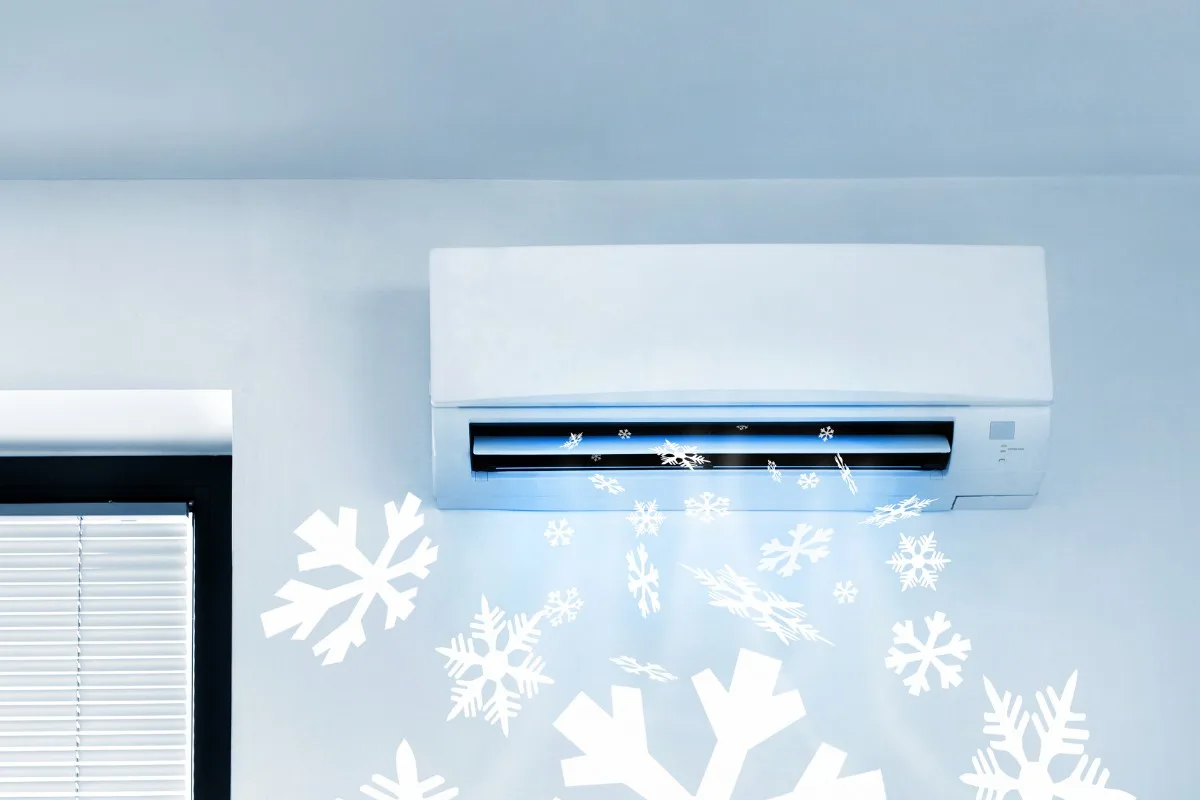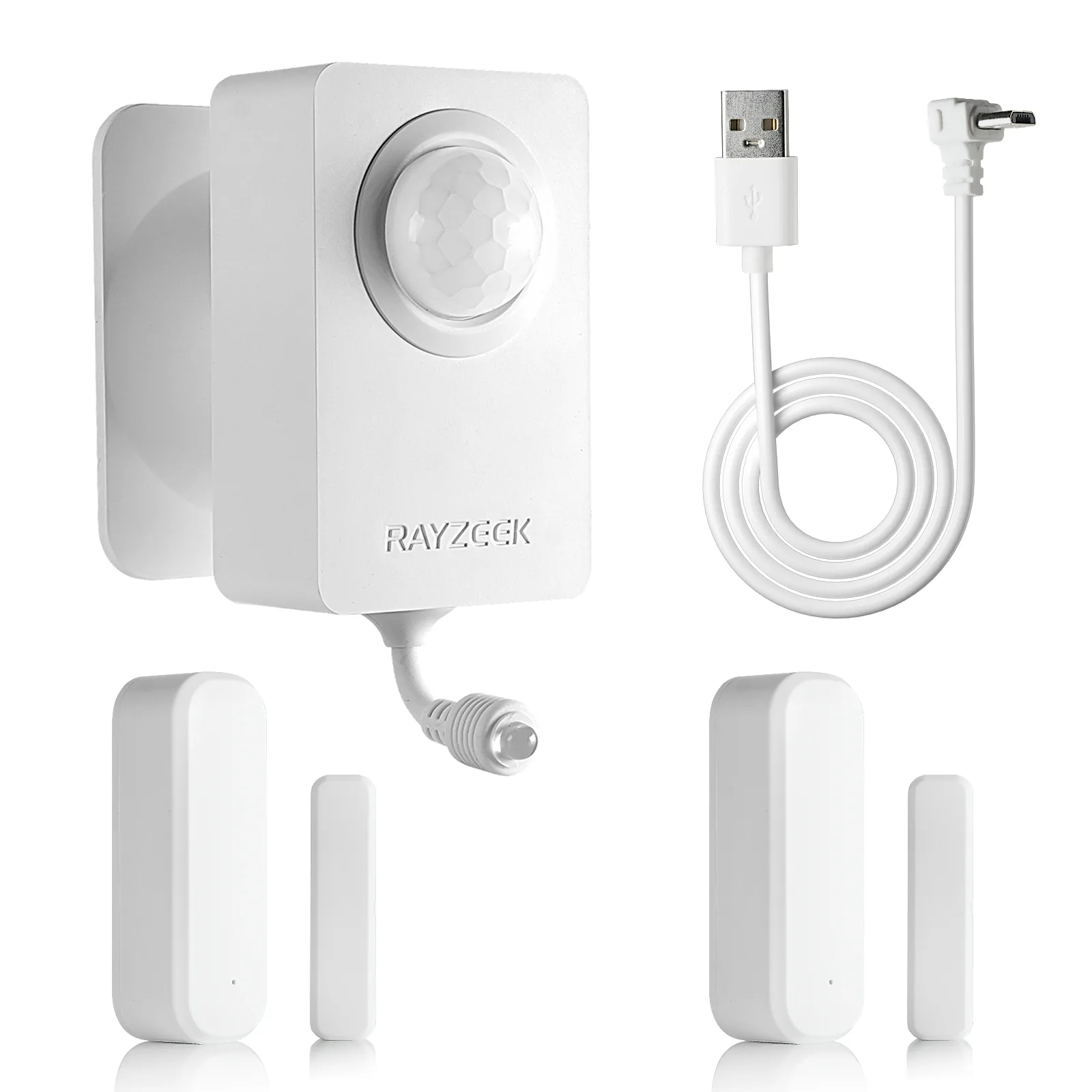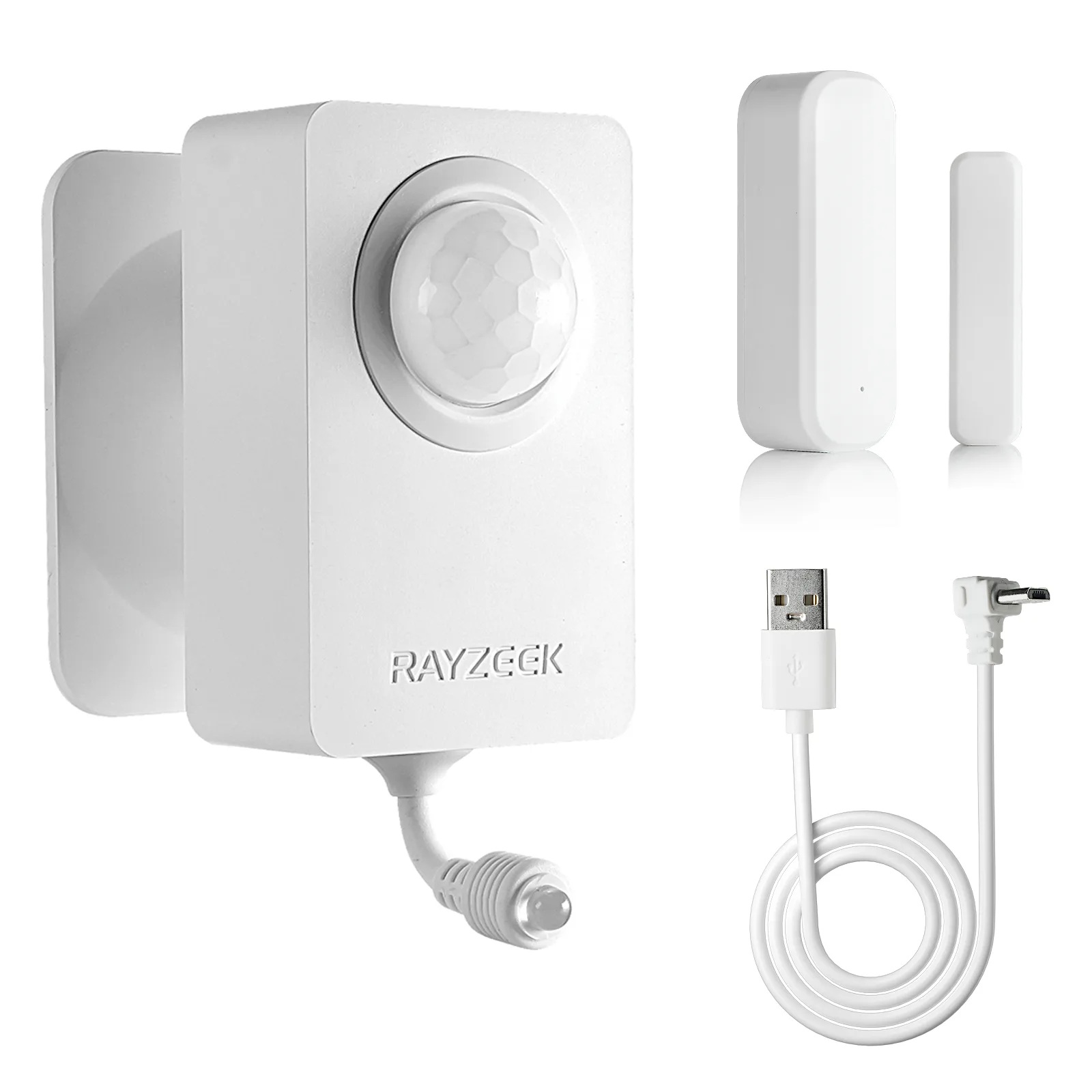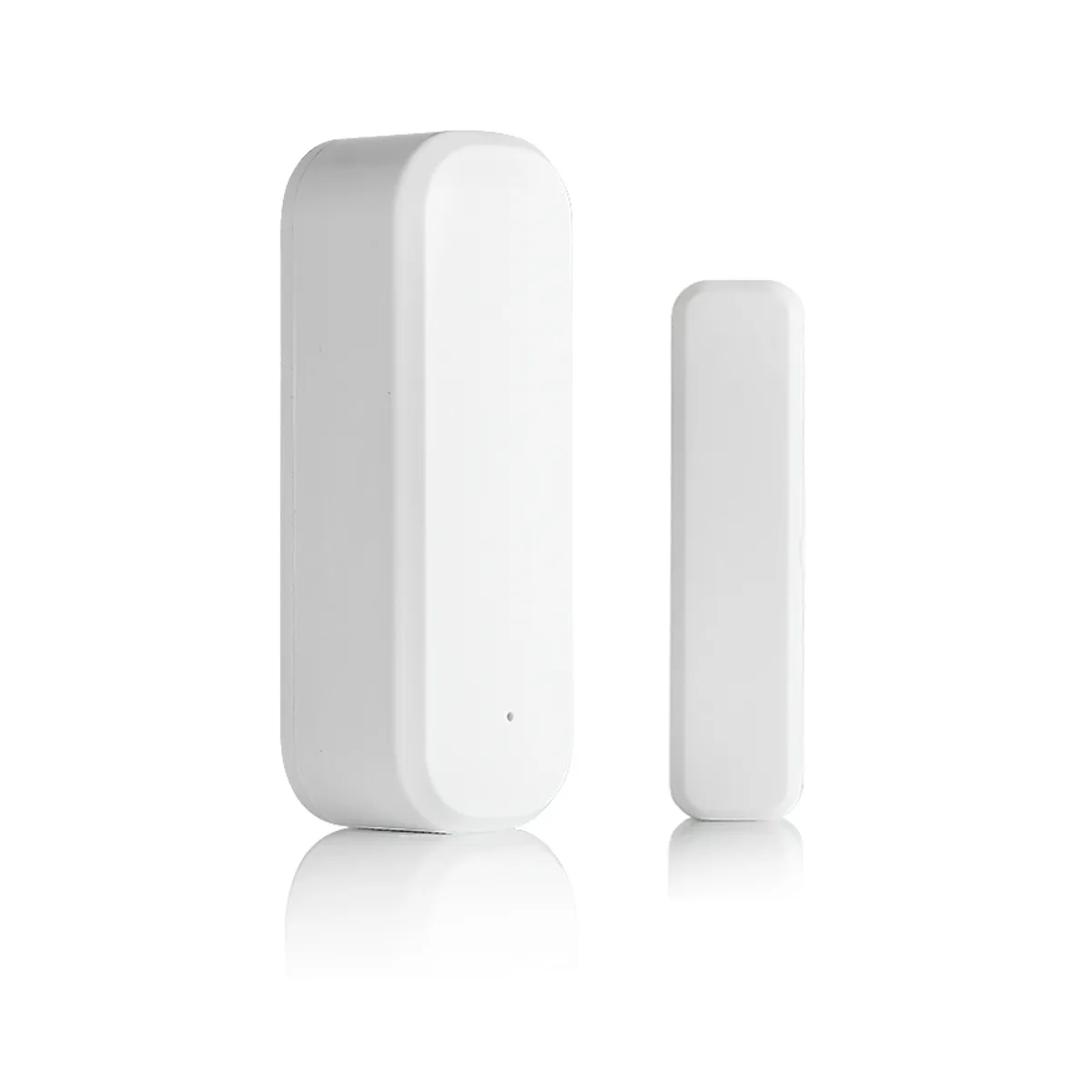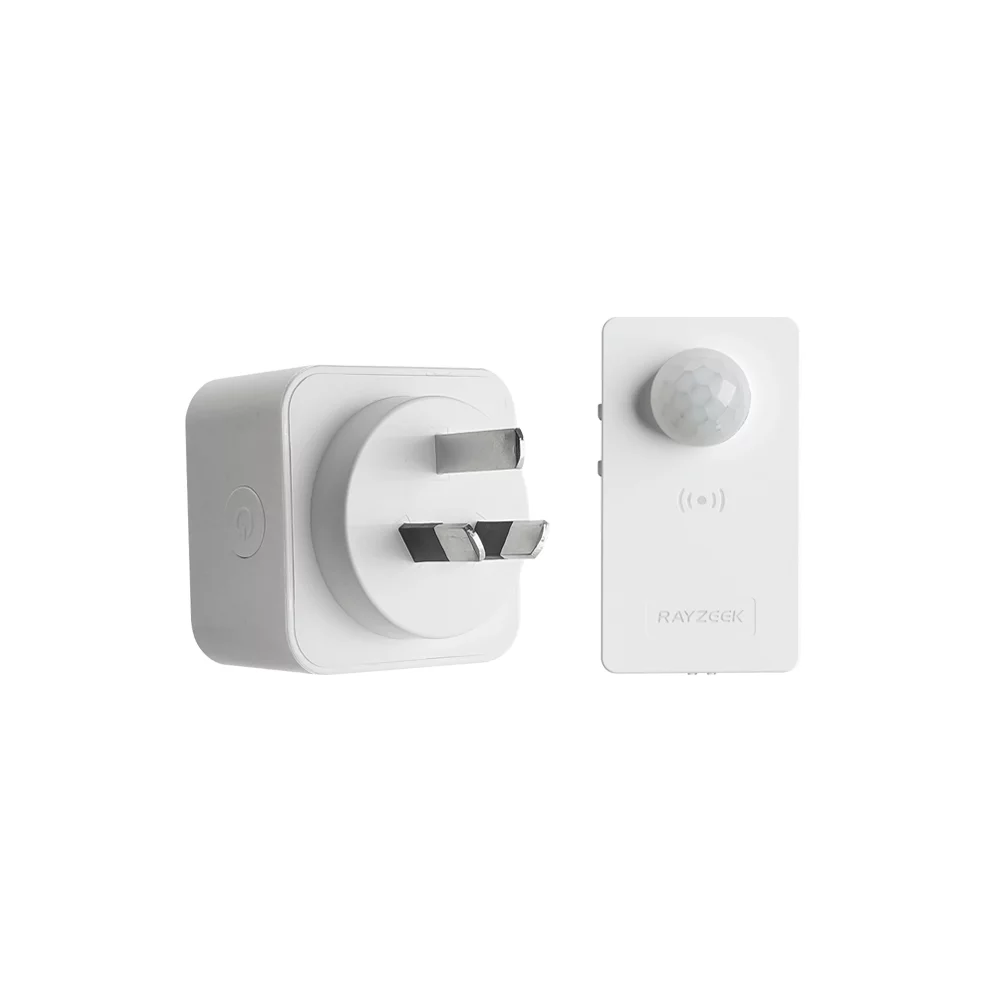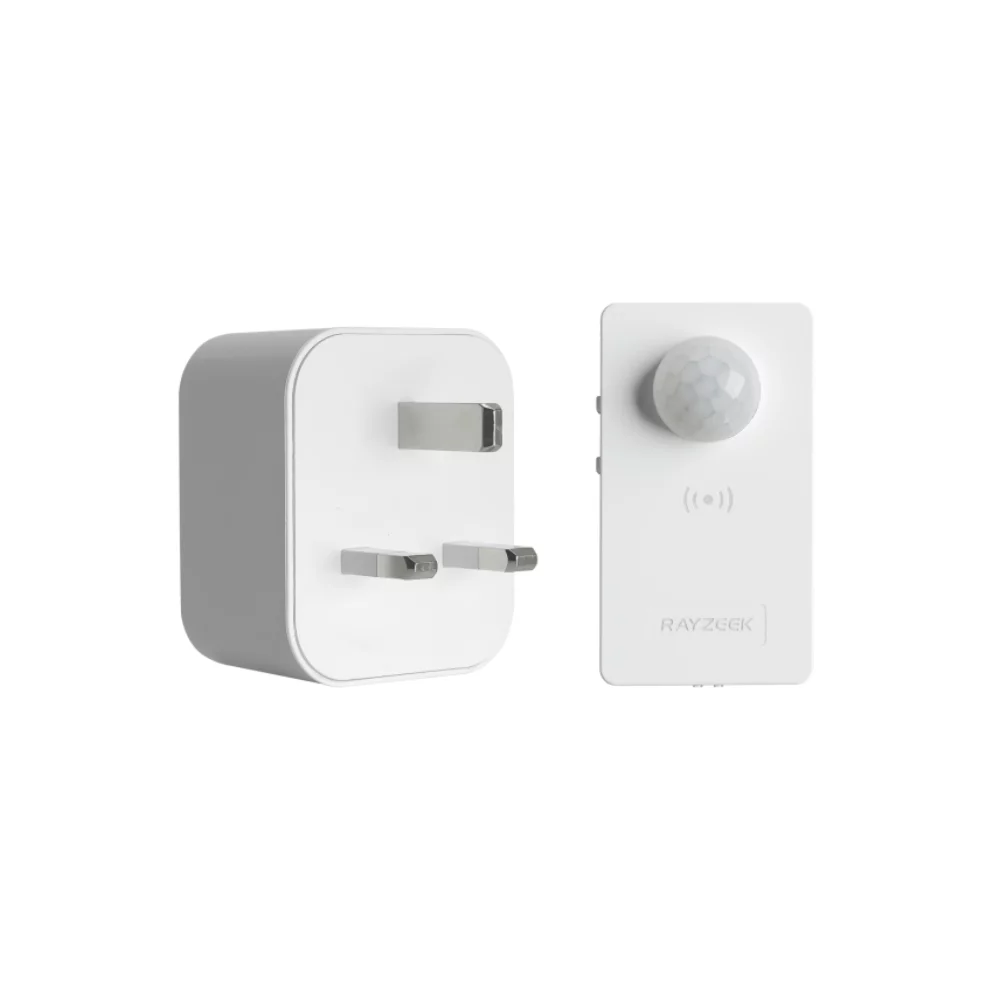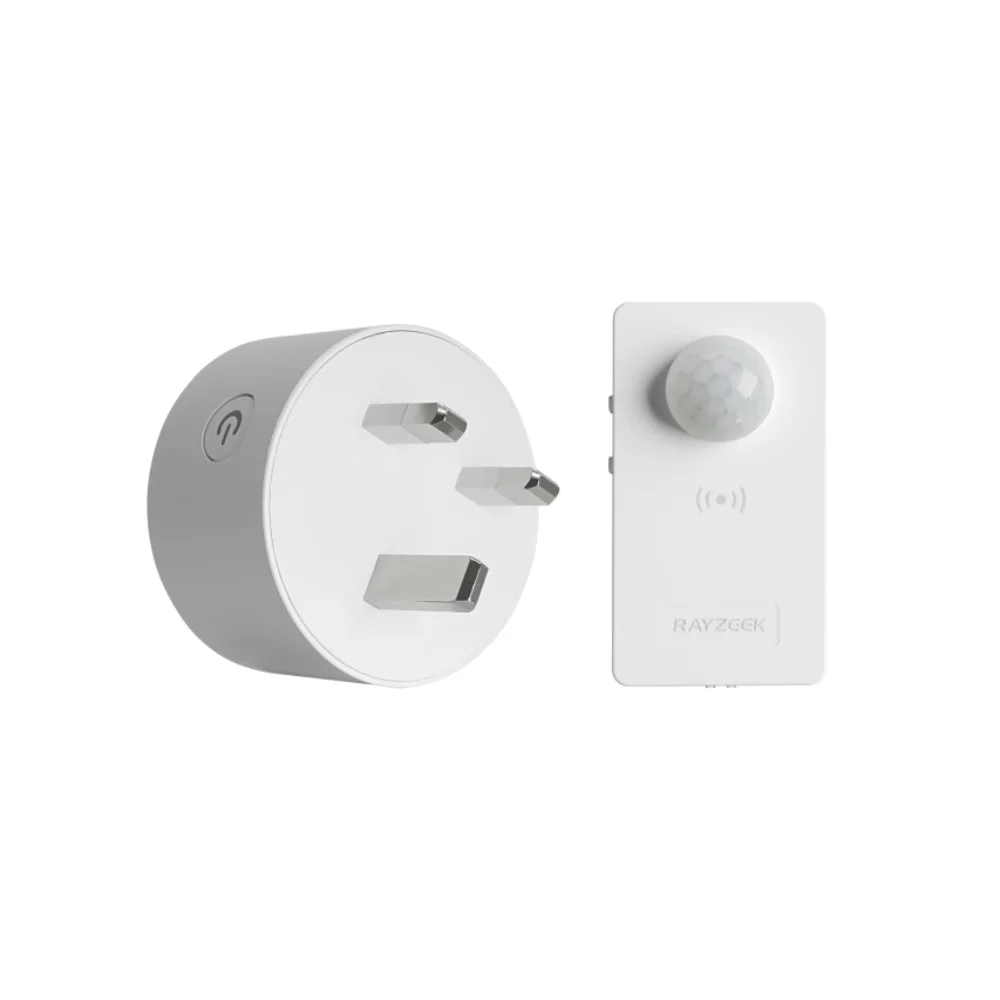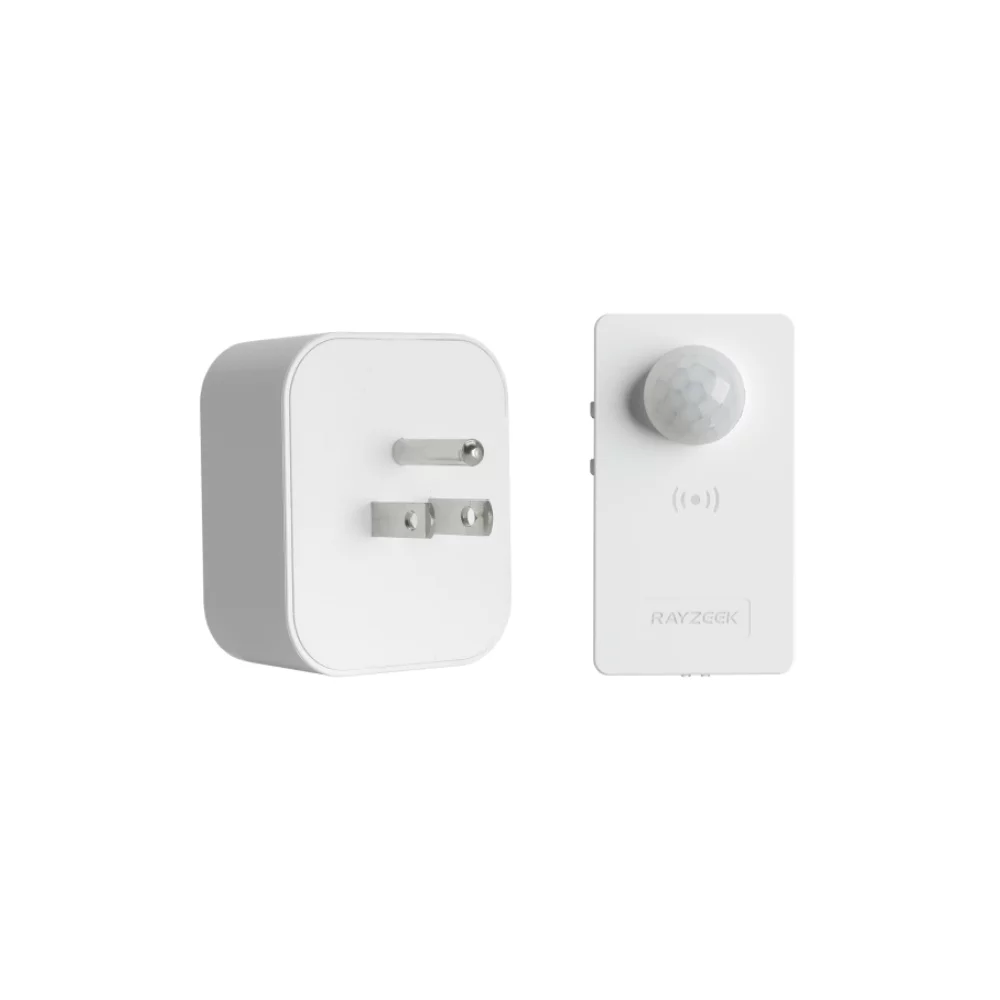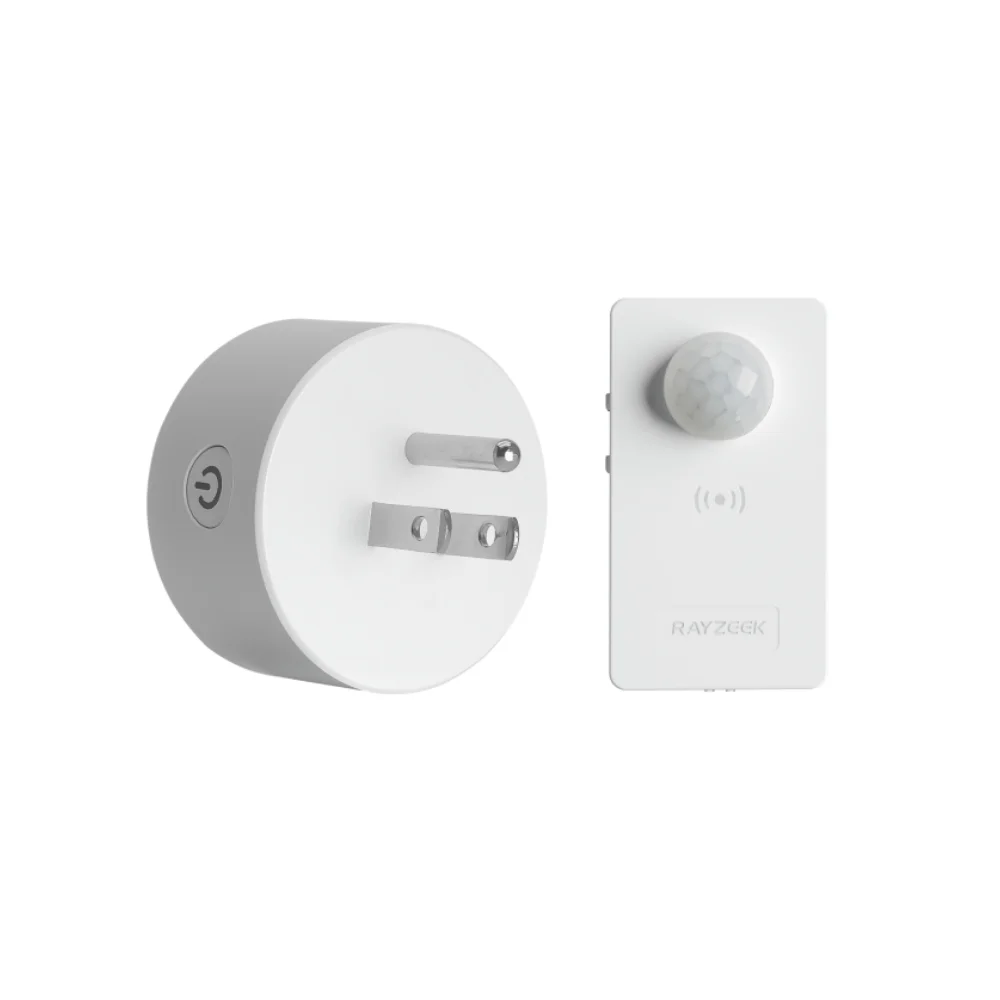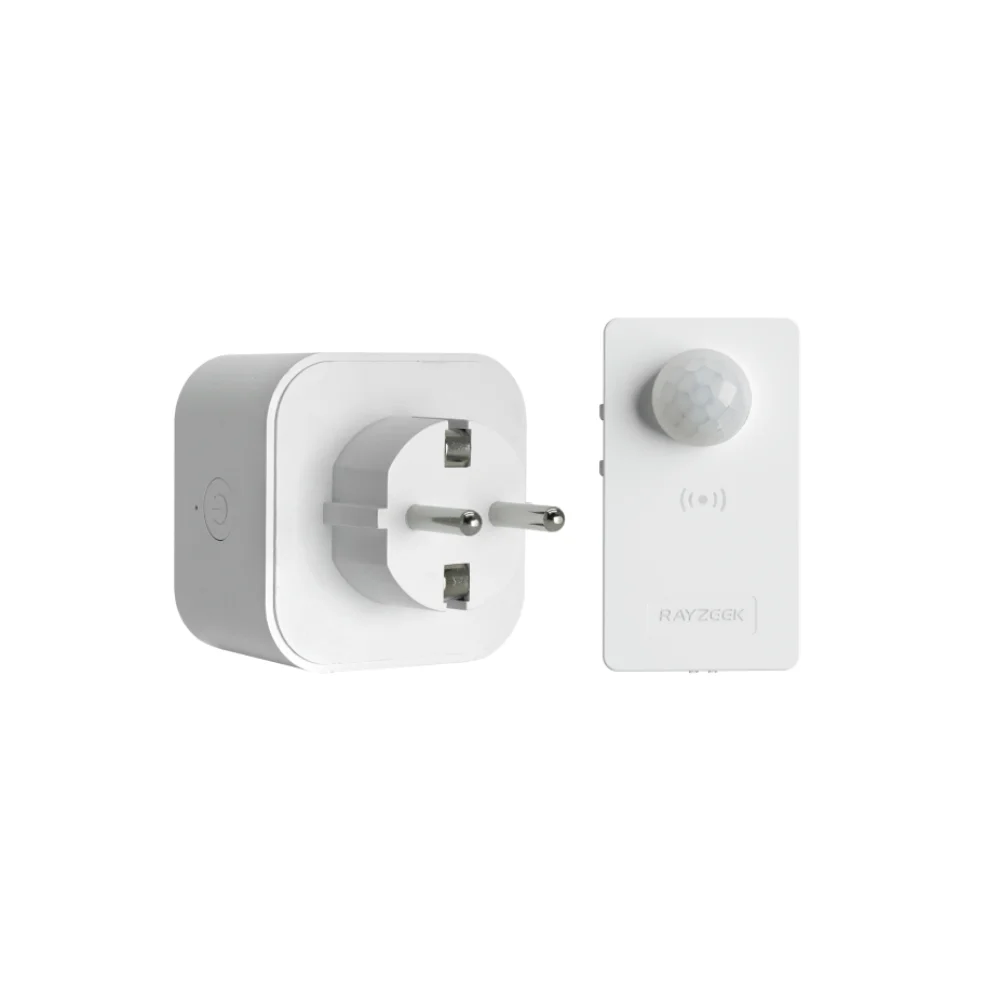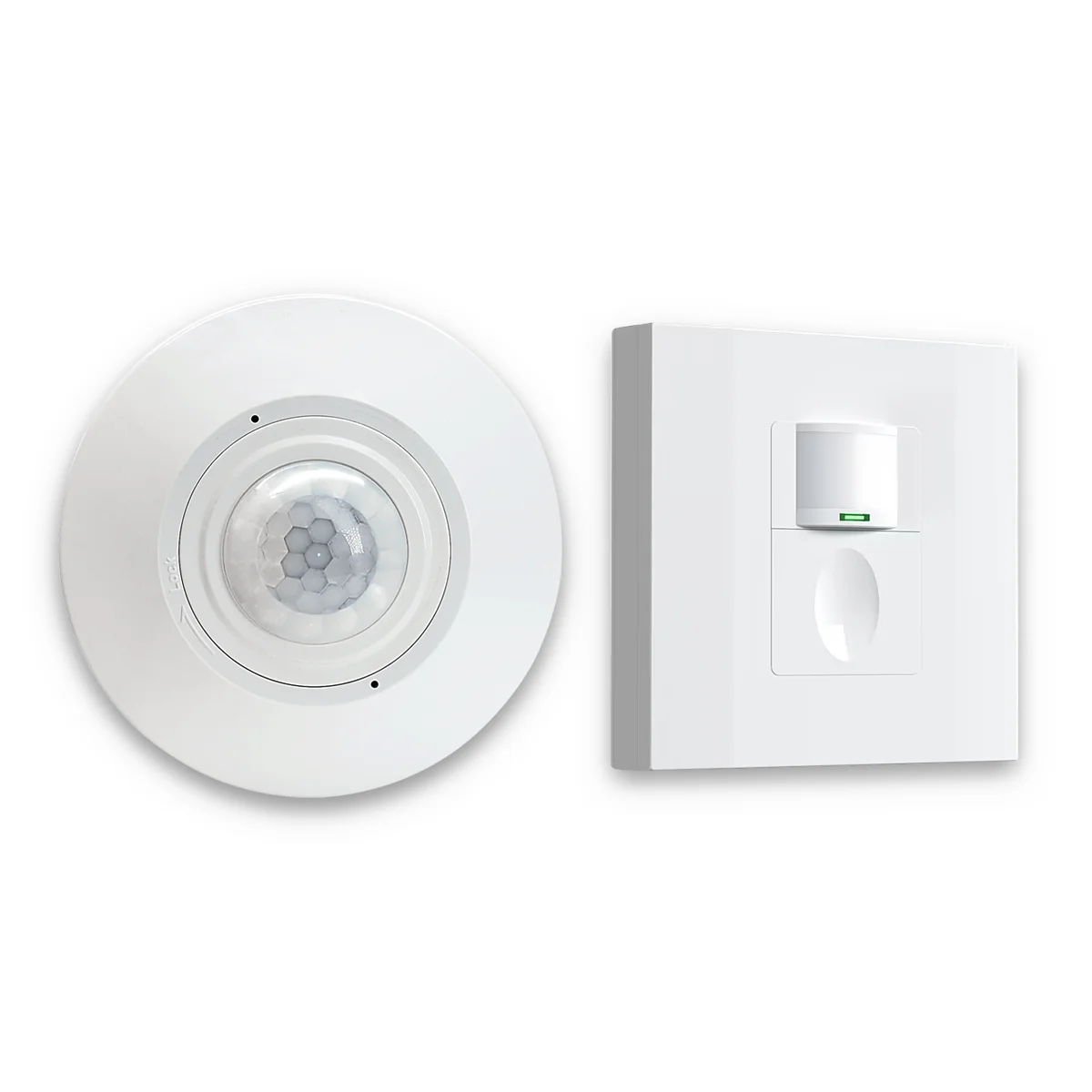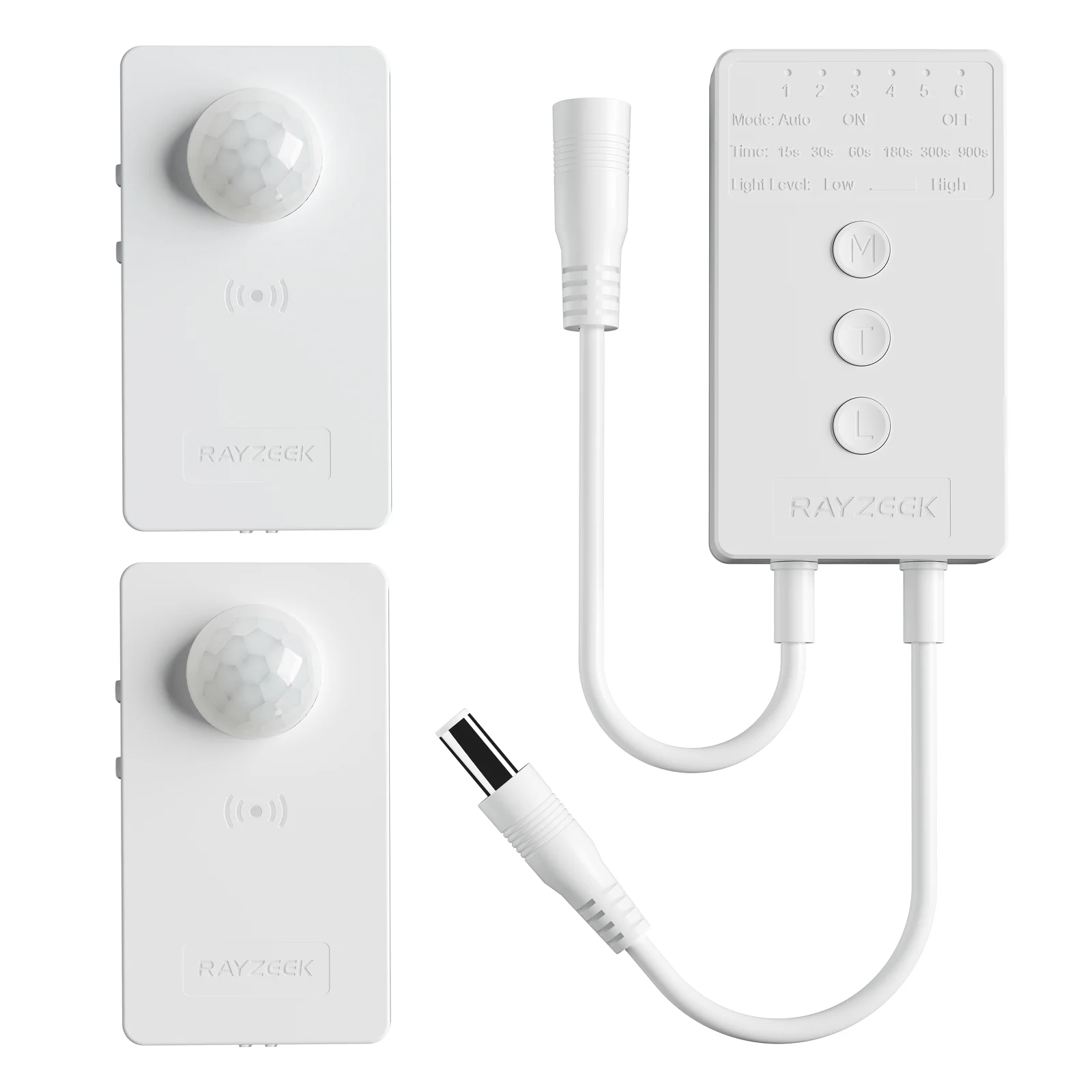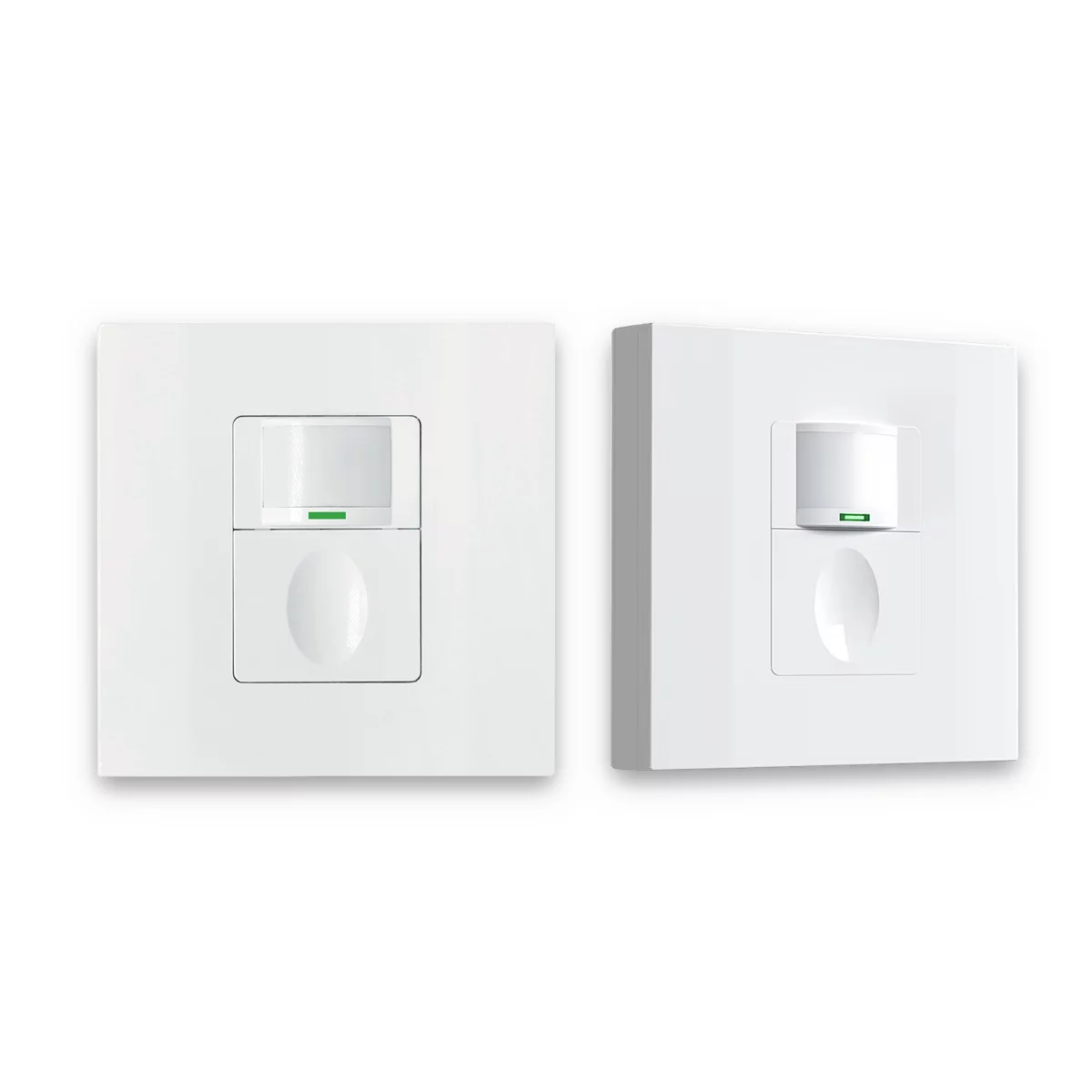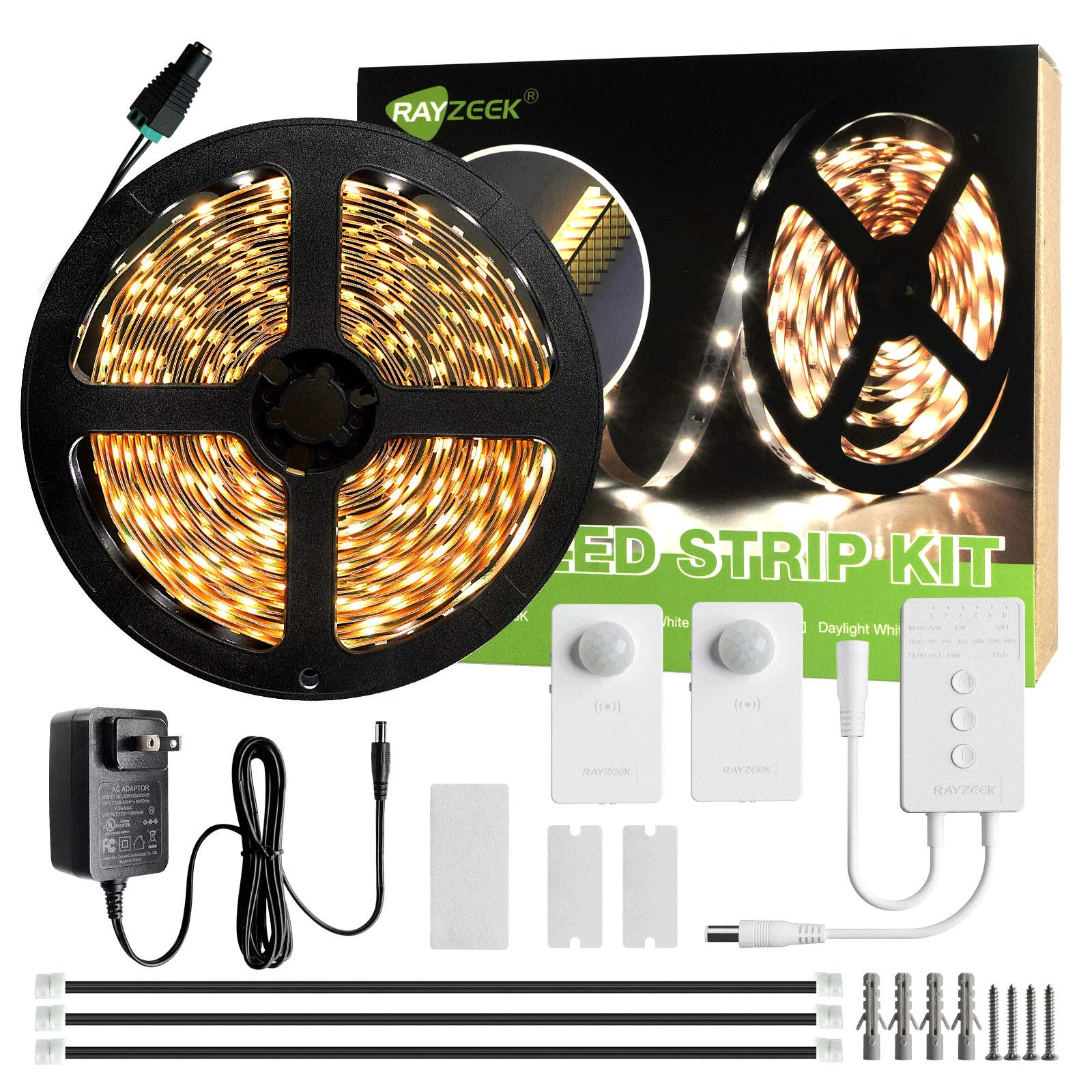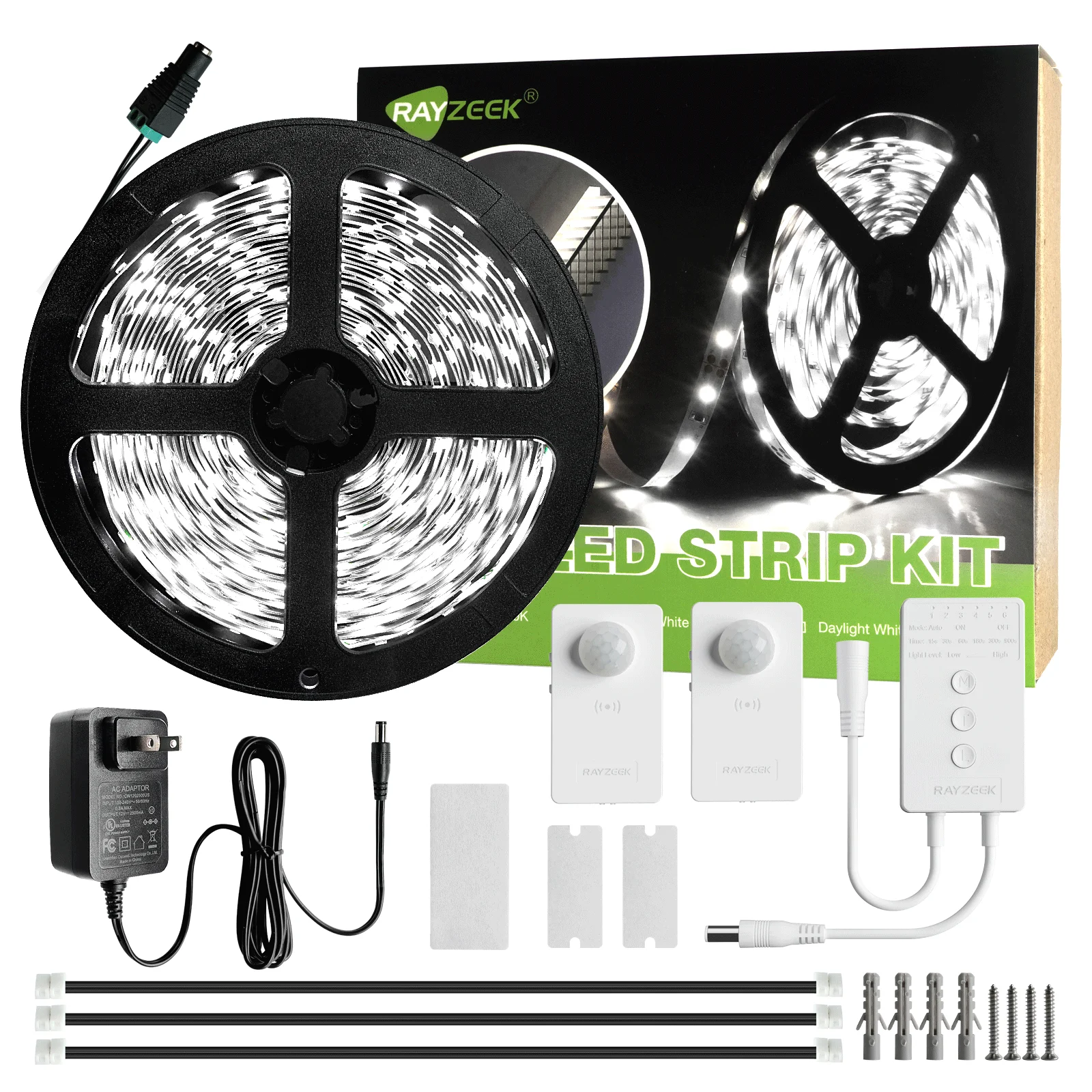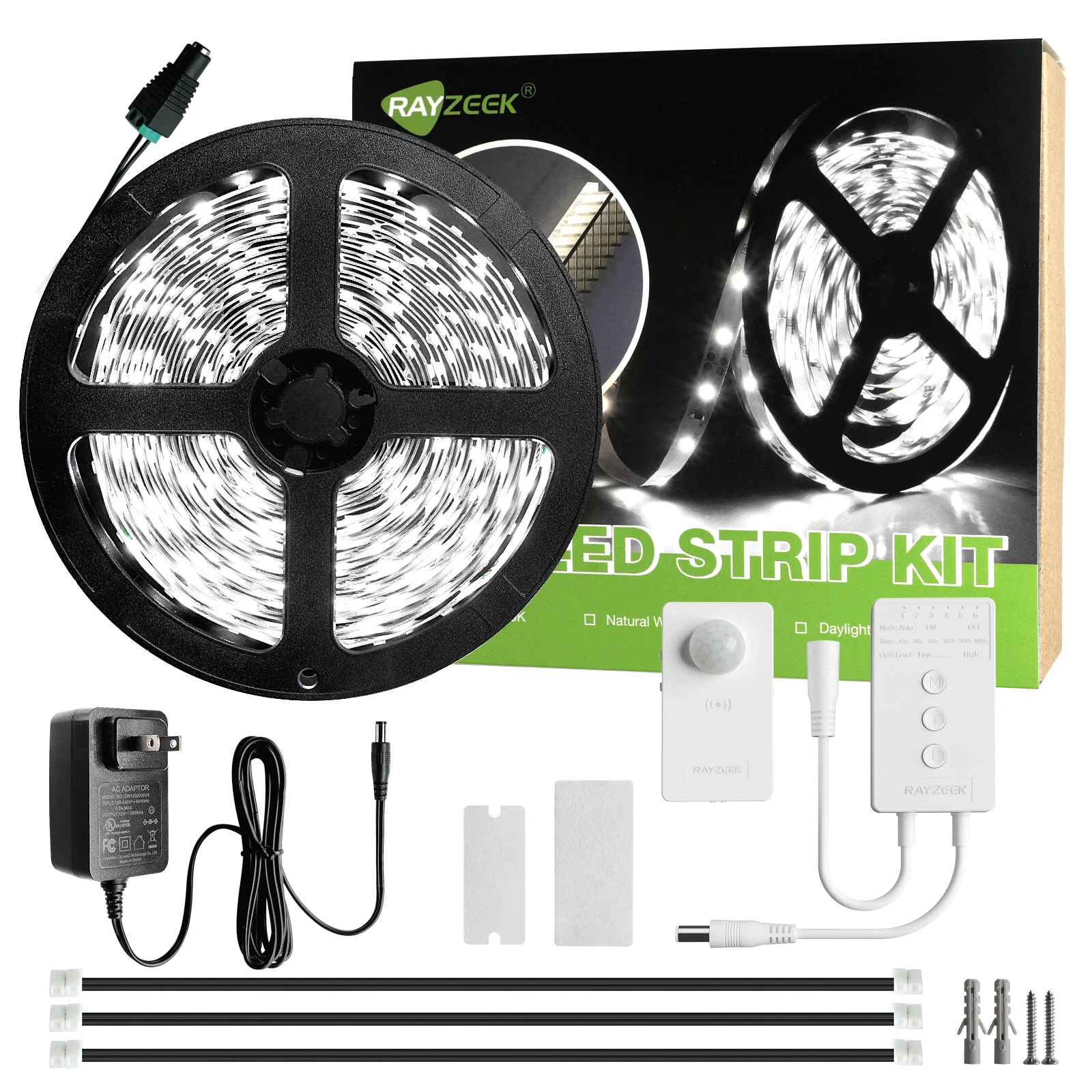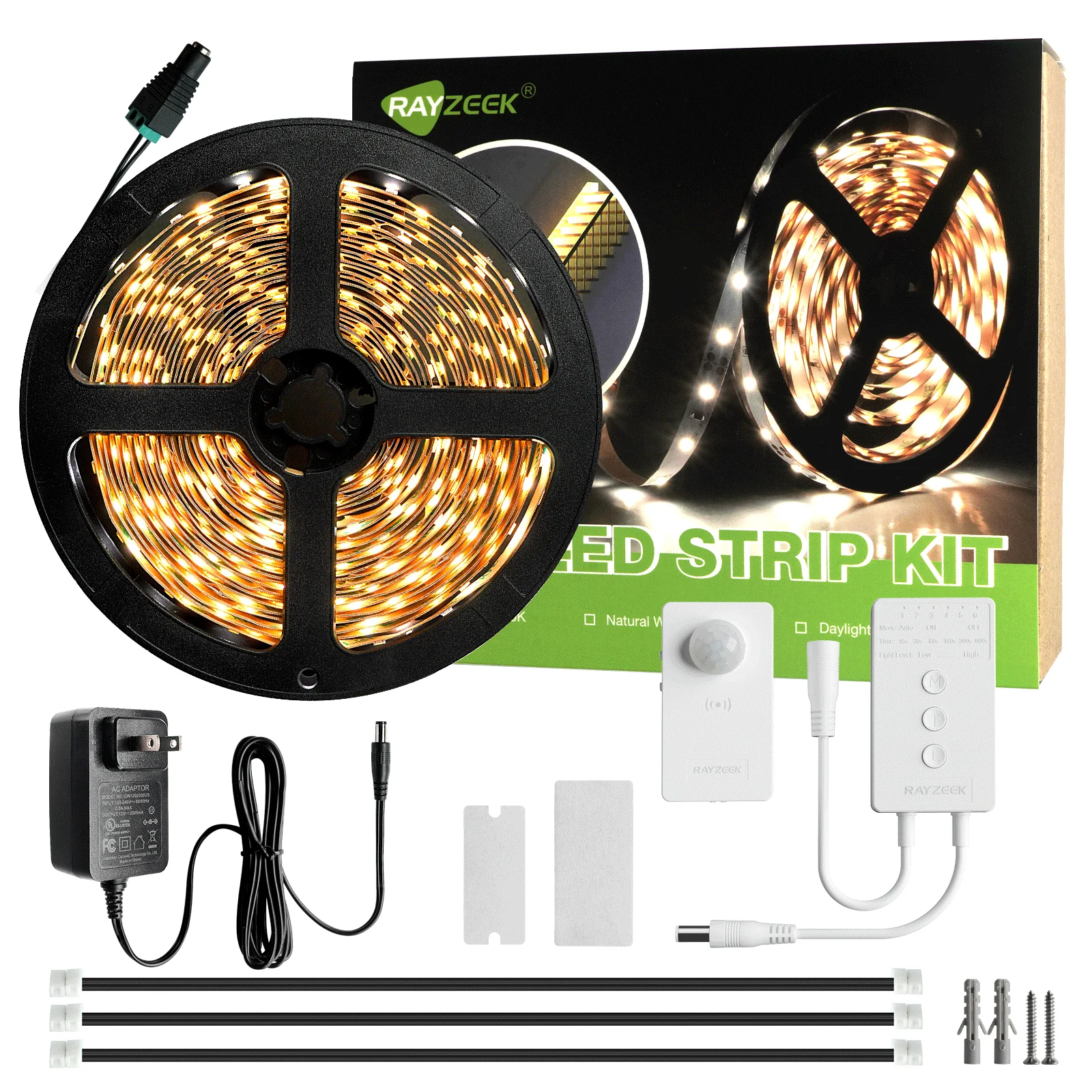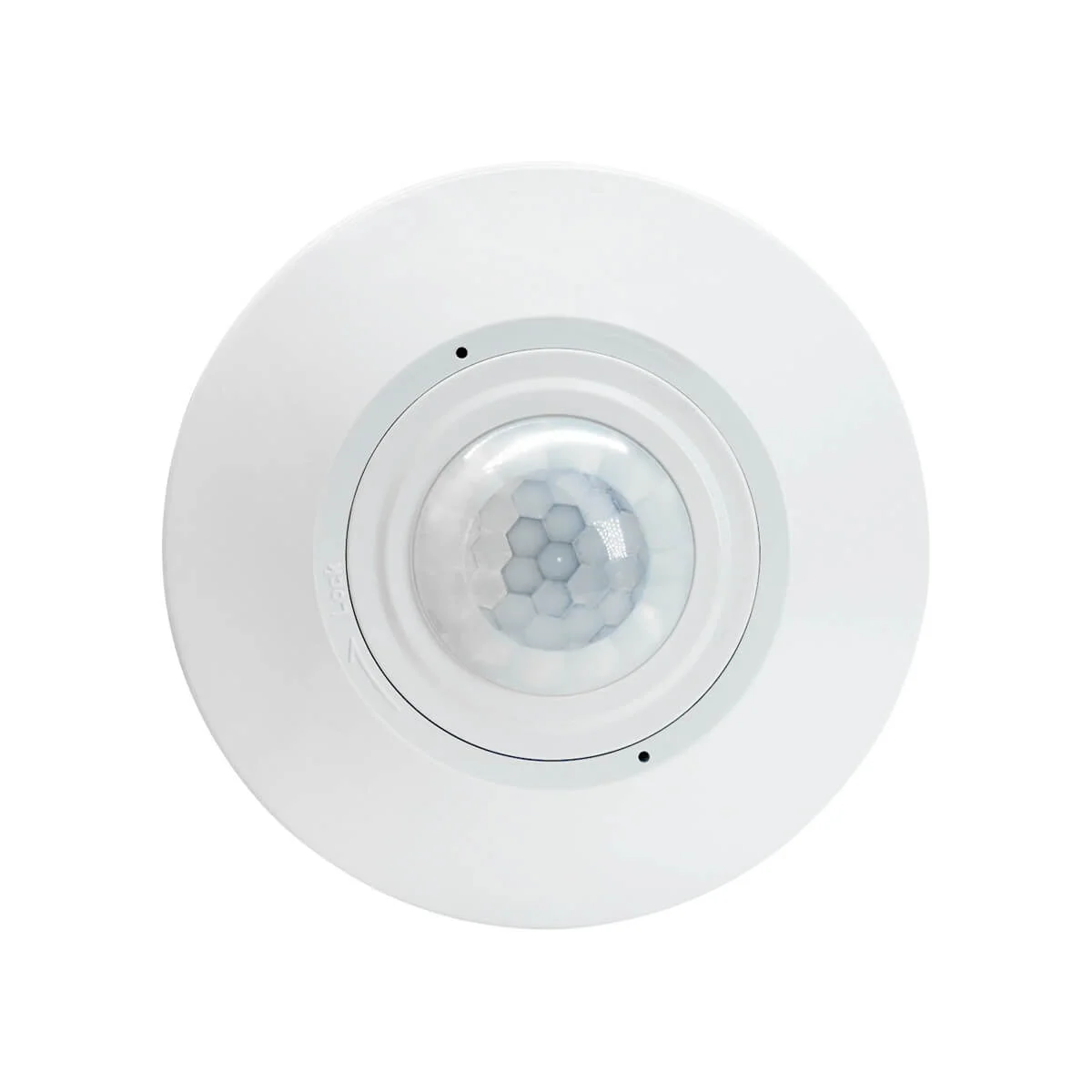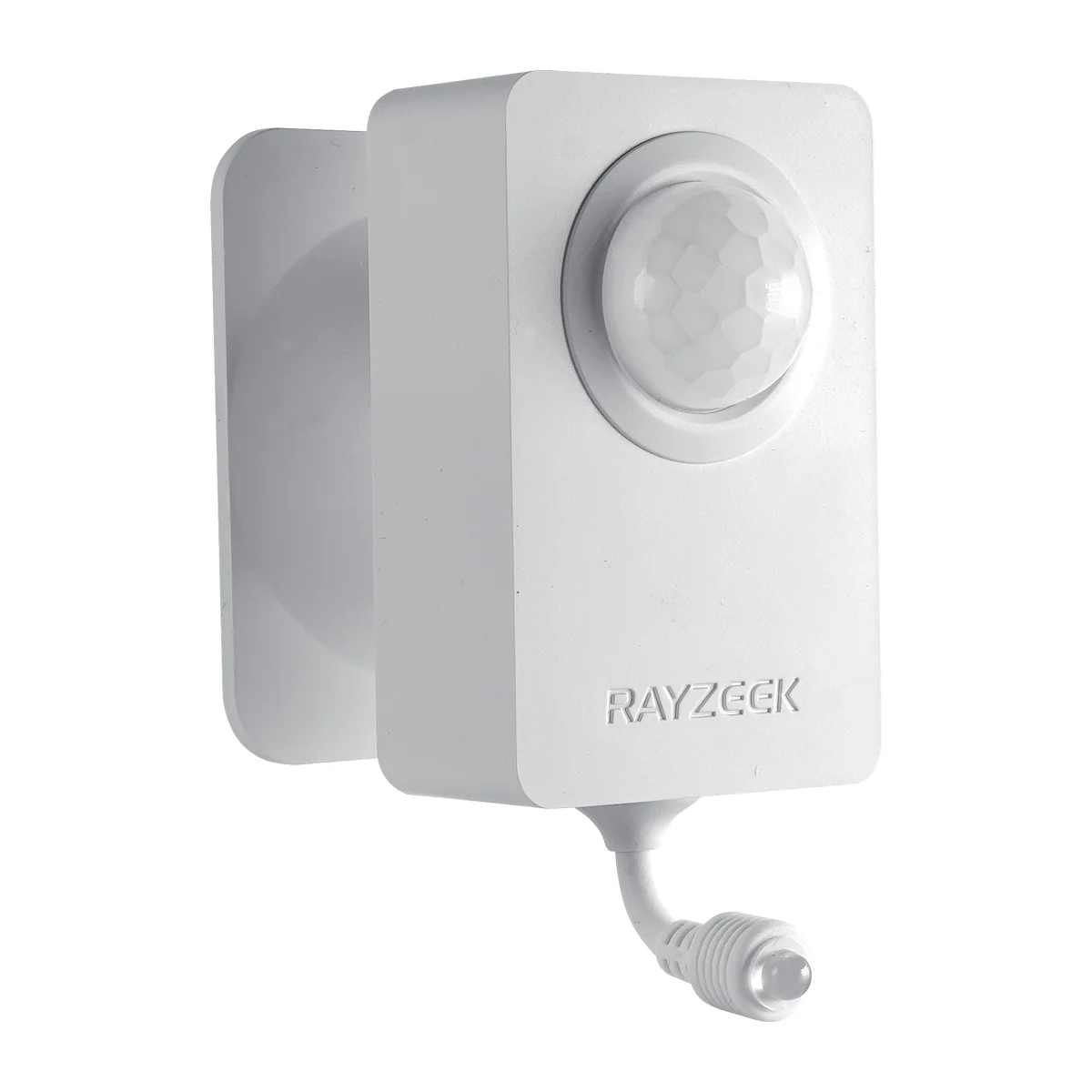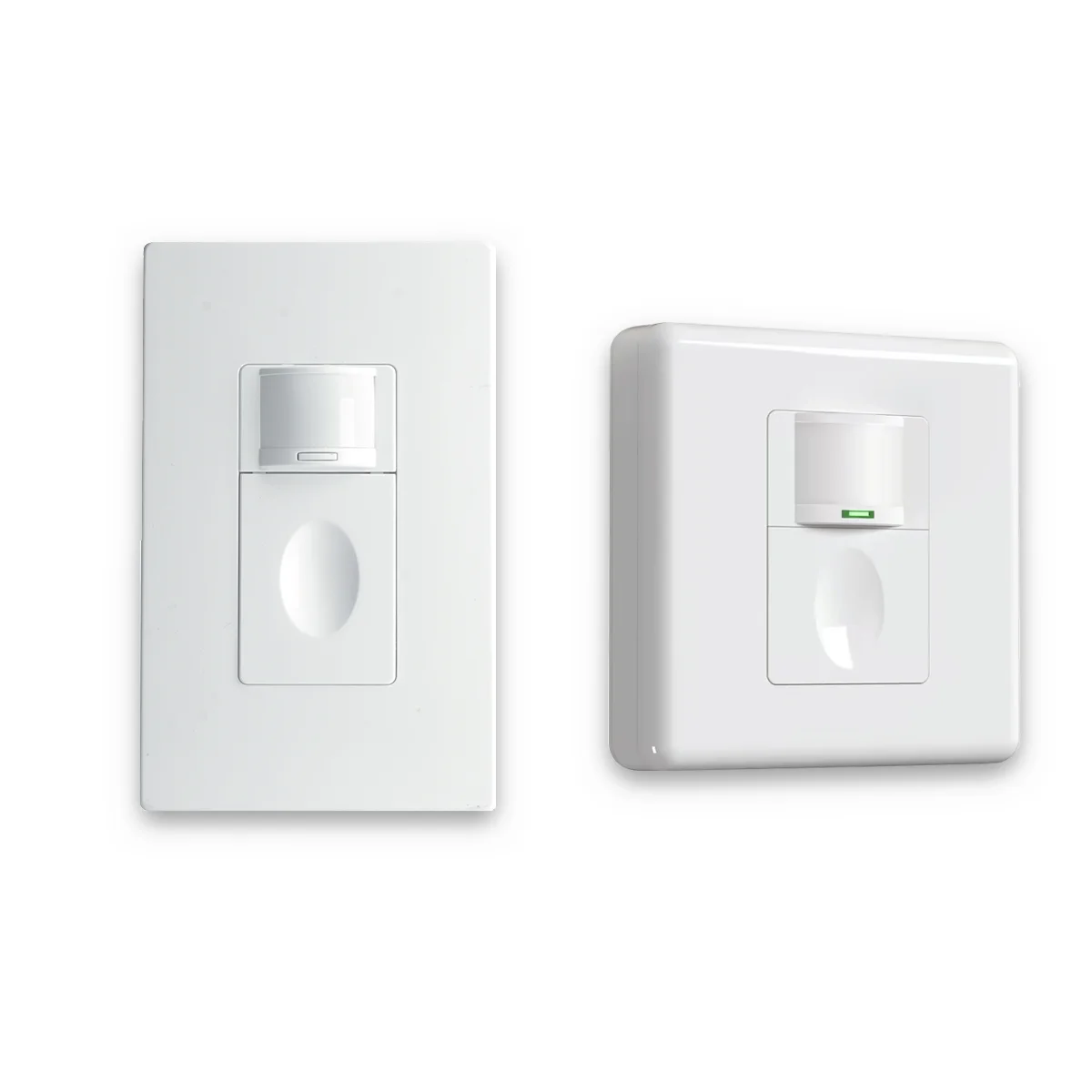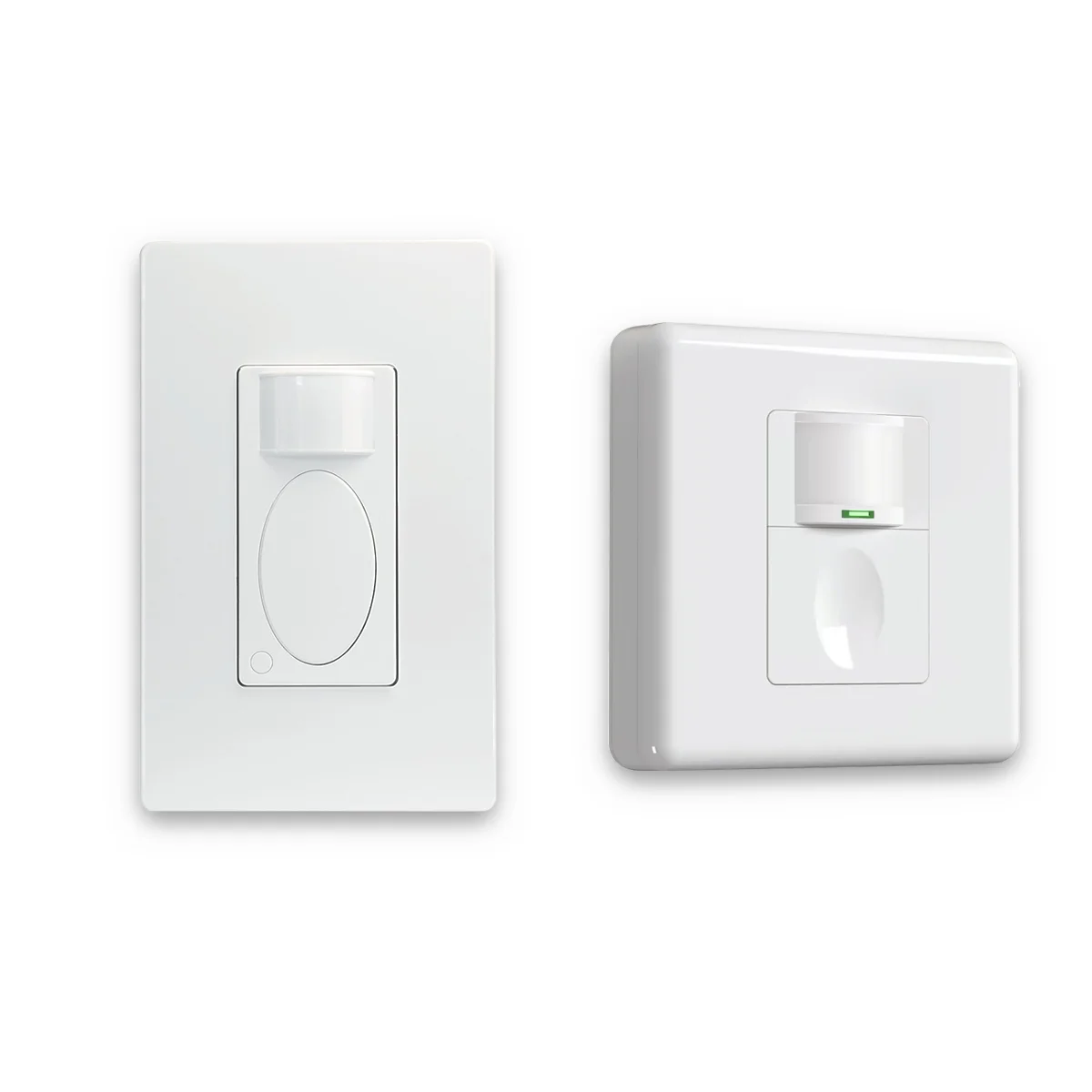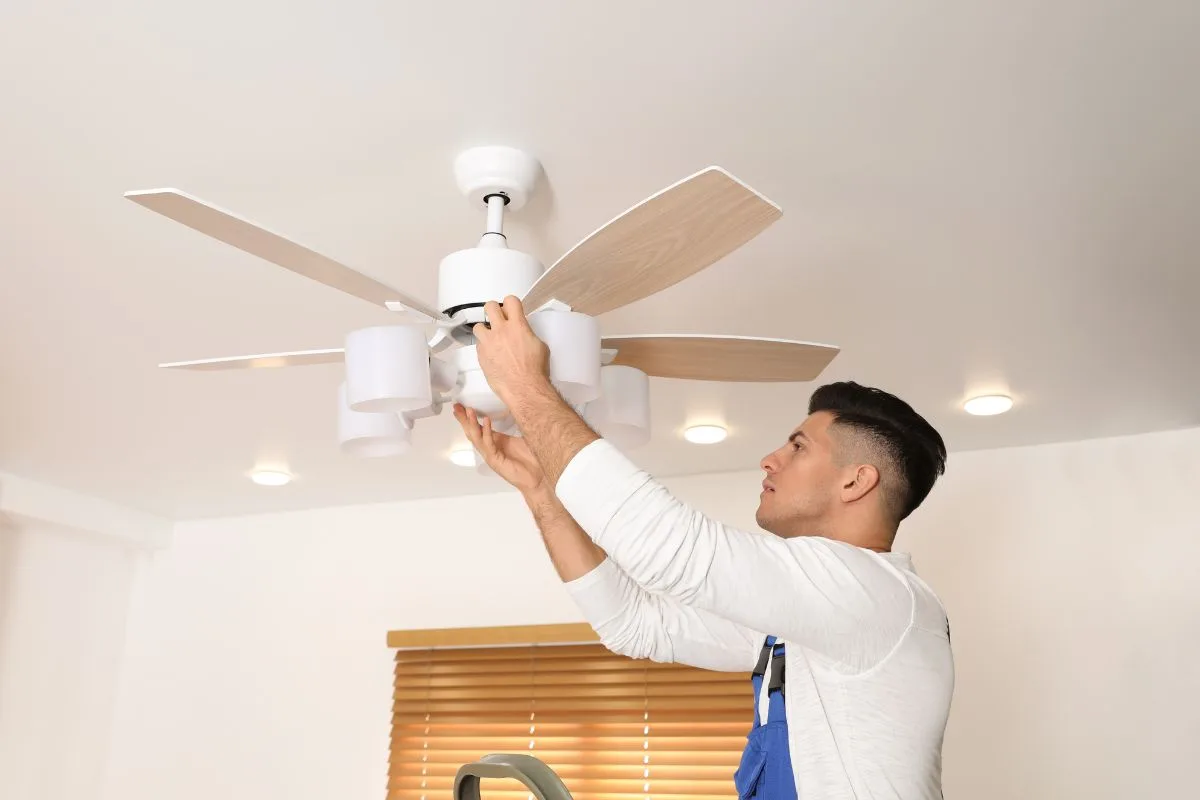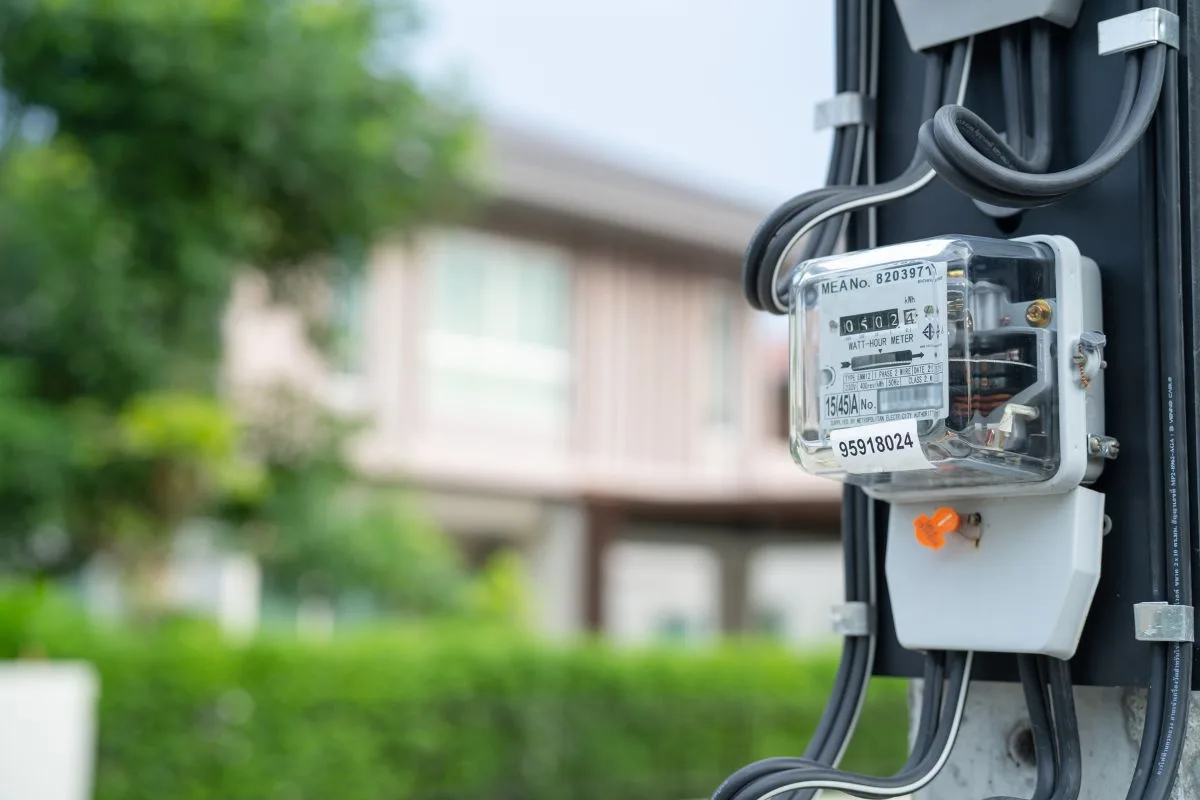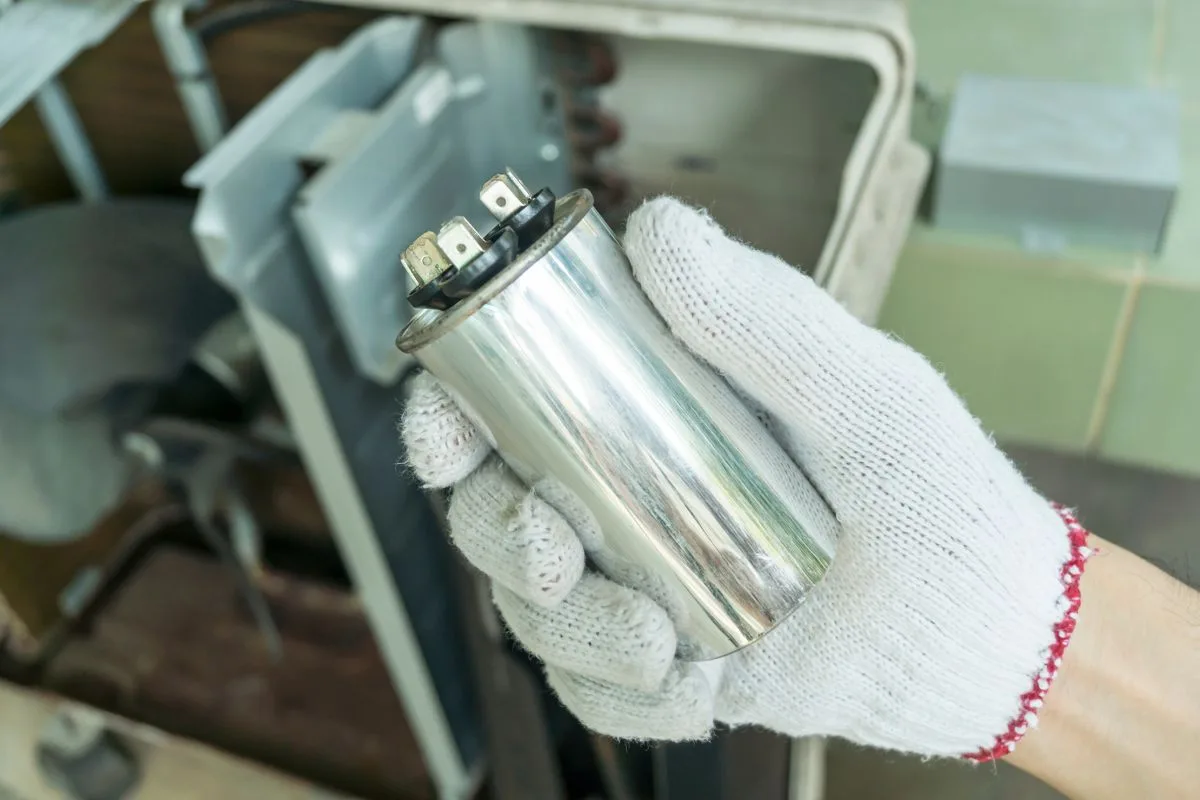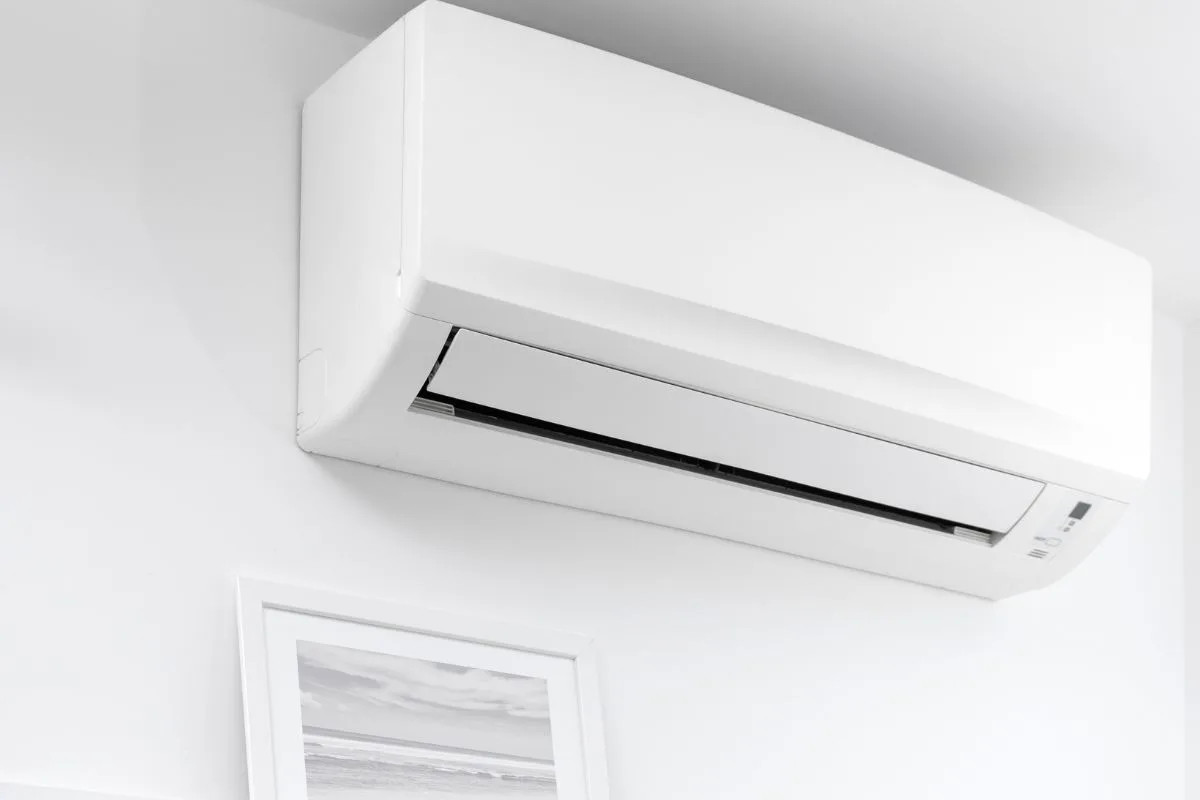I condizionatori d'aria sono essenziali per il comfort durante la stagione calda, ma a volte possono presentare dei problemi. Un problema comune è il congelamento dell'aria condizionata, in cui il ghiaccio si forma sulle serpentine dell'evaporatore, ostacolando la capacità dell'unità di raffreddare efficacemente. Questo può causare disagio, bollette energetiche più alte e persino danni al sistema. In questo articolo verranno analizzati i vari motivi per cui i condizionatori d'aria si bloccano, sia le cause più comuni che i proprietari di casa possono spesso risolvere da soli, sia i problemi più complessi che richiedono un intervento professionale.
Capire il congelamento del CA
Il congelamento dell'aria condizionata si verifica quando le serpentine dell'evaporatore all'interno del sistema di condizionamento dell'aria scendono sotto lo zero (32°F o 0°C). Ciò fa sì che l'umidità dell'aria che vi passa sopra si congeli e formi ghiaccio. L'accumulo di ghiaccio limita il flusso d'aria, riduce la capacità di raffreddamento e può danneggiare il sistema se non viene affrontato. Sebbene il punto di congelamento dell'acqua sia un fattore critico, la temperatura effettiva a cui si congela una batteria di AC può variare leggermente a causa di fattori quali la pressione dell'aria e le impurità presenti nell'acqua. È importante notare che il congelamento è un problema soprattutto durante la stagione di raffreddamento, quando il condizionatore d'aria rimuove attivamente il calore e l'umidità dall'aria.
Identificazione di un condizionatore d'aria congelato
Vi siete mai chiesti perché l'aria condizionata non raffredda come dovrebbe? Potrebbe essere congelato. Ecco alcuni segni rivelatori:
- Flusso d'aria ridotto: Uno dei primi segnali è una notevole diminuzione della quantità d'aria proveniente dalle bocchette.
- Aria calda: L'aria che esce dalle bocchette potrebbe essere più calda del solito o non essere affatto fredda.
- Ghiaccio sulle linee del refrigerante: La formazione di ghiaccio visibile sulle linee del refrigerante in rame, soprattutto in prossimità dell'unità interna, è un chiaro indicatore.
- Perdite d'acqua: Quando il ghiaccio si scioglie, può causare perdite d'acqua intorno all'unità interna.
- Rumori sibilanti o gorgoglianti: Questi suoni possono indicare una perdita di refrigerante, comunemente responsabile del congelamento.
- Ciclismo breve: L'unità AC potrebbe accendersi e spegnersi più frequentemente del normale.
- Arresto del sistema: In alcuni casi, l'unità CA può spegnersi completamente per evitare danni.
I motivi più comuni per cui i condizionatori d'aria si congelano
Diversi fattori possono contribuire al congelamento di un'unità CA. Analizziamo alcune delle cause più comuni:
Filtro dell'aria sporco o intasato
Questa è forse la causa più frequente e facilmente prevenibile del congelamento dell'aria condizionata. Un filtro dell'aria sporco limita il flusso d'aria sulle serpentine dell'evaporatore. La riduzione del flusso d'aria impedisce alle serpentine di assorbire una quantità sufficiente di calore, facendo scendere la temperatura sotto lo zero. I proprietari di casa dovrebbero controllare e sostituire i filtri dell'aria ogni 1-3 mesi, a seconda dell'utilizzo e del tipo di filtro. La classificazione MERV (Minimum Efficiency Reporting Value) di un filtro indica la sua capacità di catturare particelle di diverse dimensioni. Classi MERV più elevate significano un filtraggio migliore, ma possono anche limitare il flusso d'aria se il filtro non viene sostituito con sufficiente frequenza.
Bassi livelli di refrigerante
Il refrigerante è la linfa vitale del sistema di condizionamento dell'aria, che assorbe e rilascia calore per raffreddare la casa. Livelli bassi di refrigerante significano che non c'è abbastanza refrigerante per assorbire efficacemente il calore. Questo fa sì che la pressione nelle serpentine dell'evaporatore si riduca, provocando un corrispondente calo della temperatura, un fenomeno noto come effetto Joule-Thomson. Un basso livello di refrigerante è solitamente causato da una perdita nel sistema. Le perdite possono verificarsi nelle linee del refrigerante, nelle serpentine o nei collegamenti. È fondamentale ricordare che solo un professionista HVAC autorizzato può maneggiare il refrigerante.
Bobine del condensatore bloccate
Le bobine del condensatore, situate nell'unità esterna, sono responsabili del rilascio del calore assorbito dal refrigerante. Se queste bobine sono bloccate da sporcizia, detriti o vegetazione, non possono rilasciare il calore in modo efficiente. Ciò può far sì che il refrigerante rimanga troppo freddo quando torna all'unità interna, causando il congelamento della batteria dell'evaporatore. Per evitare che ciò accada, le bobine del condensatore devono essere pulite almeno una volta all'anno.
Motore di soffiaggio malfunzionante
Il motore di ventilazione svolge un ruolo fondamentale nel far circolare l'aria sulle serpentine dell'evaporatore. Se non funziona correttamente - se funziona troppo lentamente o non funziona affatto - il flusso d'aria si riduce. Di conseguenza, le serpentine possono raffreddarsi troppo e congelarsi. I problemi del motore di ventilazione possono derivare da problemi elettrici, da un condensatore difettoso o da un motore usurato.
Problemi con il termostato
Un termostato malfunzionante potrebbe non rilevare con precisione la temperatura ambiente o non segnalare all'unità CA di accendersi e spegnersi correttamente. Ad esempio, se il termostato è impostato su una temperatura troppo bassa o richiede costantemente il raffreddamento, l'unità CA potrebbe funzionare continuamente, aumentando il rischio di congelamento. I problemi del termostato possono essere causati da un cablaggio difettoso, da problemi di calibrazione o da una batteria scarica nei termostati a batteria.
Sistema di drenaggio intasato o non correttamente installato
Quando il condizionatore d'aria raffredda l'aria, rimuove anche l'umidità che si condensa sulle bobine dell'evaporatore. L'acqua di condensa viene normalmente scaricata attraverso una linea di drenaggio. Tuttavia, se la linea di drenaggio è intasata o non è installata correttamente, l'acqua può risalire e congelare sulle bobine. Le linee di scarico possono essere intasate da alghe, sporcizia o detriti.
Rischi potenziali di un CA congelato
Un condizionatore d'aria congelato non è solo un inconveniente, ma può comportare diversi rischi:
- Capacità di raffreddamento ridotta: Un condizionatore d'aria congelato non è in grado di raffreddare l'aria in modo efficace, creando disagio.
- Aumento del consumo energetico: Il sistema lavora più intensamente ma fornisce meno raffreddamento, con conseguente aumento delle bollette energetiche.
- Danni al compressore: Il funzionamento dell'impianto di condizionamento dell'aria quando è congelato può mettere a dura prova il compressore, causandone potenzialmente il surriscaldamento e il guasto. Il compressore è la parte più costosa del sistema di condizionamento dell'aria da sostituire.
- Danni da acqua: Lo scioglimento del ghiaccio può causare danni all'acqua nell'area circostante.
- Perdite di refrigerante: L'espansione e la contrazione causate dal gelo e dal disgelo possono aggravare le perdite di refrigerante esistenti o crearne di nuove.
- Pericoli per la sicurezza: In rari casi, una CA congelata può comportare rischi elettrici.
Diagnostica e riparazione avanzate
Per i professionisti e i ricercatori esperti di HVAC, la comprensione dei principi fondamentali e delle tecniche diagnostiche avanzate è fondamentale.
Termodinamica del congelamento del CA
Il Effetto Joule-Thomson è un principio fondamentale che spiega come l'espansione di un gas, come il refrigerante, provochi una diminuzione della temperatura. Quando il refrigerante si espande nelle serpentine dell'evaporatore, assorbe calore dall'aria circostante. Se la pressione si abbassa troppo a causa di un basso livello di refrigerante o di altri problemi, la temperatura può scendere sotto lo zero.
Diverso refrigeranti hanno punti di ebollizione e rapporti pressione-temperatura diversi. Ad esempio, l'R-410A, un refrigerante comune, ha un punto di ebollizione più basso rispetto ai refrigeranti più vecchi come l'R-22, il che lo rende più suscettibile di causare il congelamento se il sistema non viene caricato correttamente.
Surriscaldamento e sottoraffreddamento sono misure importanti utilizzate dai tecnici HVAC per valutare le prestazioni di un sistema AC. Il surriscaldamento è la differenza di temperatura tra il vapore del refrigerante e la sua temperatura di saturazione all'uscita dell'evaporatore. Il sottoraffreddamento è la differenza di temperatura tra il liquido refrigerante e la sua temperatura di saturazione all'uscita del condensatore. Un surriscaldamento o un sottoraffreddamento errati possono indicare problemi che possono portare al congelamento.
Cercate soluzioni per il risparmio energetico attivate dal movimento?
Contattateci per avere sensori di movimento PIR completi, prodotti per il risparmio energetico attivati dal movimento, interruttori per sensori di movimento e soluzioni commerciali Occupancy/Vacancy.
Rilevamento e riparazione delle perdite di refrigerante
Per rilevare le perdite di refrigerante si utilizzano diversi metodi:
Rilevatori elettronici di perdite sono dispositivi in grado di rilevare la presenza di gas refrigeranti nell'aria. Un'altra tecnica prevede l'utilizzo di Colorante UVin cui un colorante speciale viene aggiunto al refrigerante e una luce UV viene utilizzata per ispezionare visivamente le perdite. Test di pressione è un altro metodo comune. Il sistema viene pressurizzato con azoto e un manometro viene utilizzato per monitorare eventuali perdite di pressione, che indicano la presenza di una perdita. Infine, il test delle bolle di sapone è un metodo semplice ma efficace. Una soluzione di sapone viene applicata alle aree in cui si sospetta la presenza di una perdita e, in caso di perdita, si formano delle bolle.
La riparazione delle perdite spesso comporta la sostituzione del componente che perde (ad esempio, una sezione della linea del refrigerante o una serpentina) e la successiva ricarica del sistema con la quantità corretta di refrigerante.
Valutare e affrontare la salute del compressore
Ripetuti eventi di congelamento possono causare il surriscaldamento del compressore, con conseguente usura e guasto. Misurazione della corrente elettrica Il consumo del compressore può indicare se sta lavorando troppo. Rumori insoliti Il rumore del compressore, come lo stridio, può indicare un danno interno. Esame dell'olio del compressore alla ricerca di segni di contaminazione o degrado può fornire indicazioni sulla sua salute. Infine, un test di compressione può misurare la capacità del compressore di comprimere il refrigerante, contribuendo a determinarne l'efficienza.
Test e riparazione dei componenti elettrici
Condensatori sono componenti elettrici che aiutano ad avviare e far funzionare il motore della soffiante e il compressore. Un condensatore difettoso può impedire a questi componenti di funzionare correttamente, causando il congelamento. Relè e contattori sono interruttori che controllano il flusso di elettricità a vari componenti. Un relè o un contattore malfunzionante può causare un funzionamento irregolare del sistema. Cablaggio allentato o danneggiato possono disturbare i segnali elettrici all'interno dell'impianto CA, causando vari problemi, tra cui il congelamento.
Ruolo di TXV e EEV nella prevenzione del congelamento
Valvole di espansione termostatica (TXV) e Valvole di espansione elettroniche (EEV) svolgono un ruolo fondamentale nella prevenzione del congelamento del condizionatore.
TXV regolano il flusso di refrigerante nella batteria dell'evaporatore in base alla temperatura del refrigerante in uscita dalla batteria (surriscaldamento). Contribuiscono a mantenere il flusso ottimale di refrigerante e a evitare che la batteria si raffreddi troppo.
EEV utilizzano sensori e un microprocessore per controllare con maggiore precisione il flusso di refrigerante. Possono rispondere più rapidamente alle variazioni di carico e sono generalmente più efficienti delle TXV.
Ispiratevi ai portafogli dei sensori di movimento Rayzeek.
Non trovate quello che volete? Non preoccupatevi. Ci sono sempre modi alternativi per risolvere i vostri problemi. Forse uno dei nostri portafogli può aiutarvi.
Vantaggi degli EEV I vantaggi di questi sistemi sono un tempo di risposta più rapido, una maggiore precisione, una migliore adattabilità a carichi variabili e una maggiore efficienza energetica. Tuttavia, sono più complessi e costosi delle TXV e sono più soggetti a problemi elettrici.
Vantaggi delle TXV sono la semplicità, il costo ridotto e l'affidabilità in alcune applicazioni. Gli svantaggi includono un tempo di risposta più lento, una minore precisione rispetto agli EEV e una minore adattabilità a carichi variabili.
Come riparare un condizionatore d'aria congelato
Se il vostro condizionatore d'aria è congelato, ecco cosa potete fare:
Scongelare in modo sicuro un'unità CA congelata
- Spegnere l'aria condizionata: Spegnere immediatamente l'unità AC dal termostato e dall'interruttore automatico.
- Accendere il ventilatore: Passare il termostato alla modalità "solo ventola" per aiutare a sciogliere il ghiaccio facendo circolare l'aria.
- Lasciare il tempo di scongelare: Possono essere necessarie diverse ore perché il ghiaccio si sciolga completamente. Siate pazienti.
- Non utilizzare oggetti appuntiti: Evitare di utilizzare oggetti appuntiti per rimuovere il ghiaccio, in quanto potrebbero danneggiare le delicate serpentine.
- Ispezione dei danni: Una volta sciolto il ghiaccio, ispezionare le bobine e gli altri componenti per individuare eventuali segni di danneggiamento.
Pulizia o sostituzione dei filtri dell'aria
Individuare il filtro dell'aria, solitamente dietro la griglia dell'aria di ritorno. Rimuovere il filtro e ispezionarlo. Se è sporco, sostituirlo con un nuovo filtro delle stesse dimensioni e dello stesso tipo. Se si utilizza un filtro riutilizzabile, pulirlo seguendo le istruzioni del produttore.
Pulizia delle bobine del condensatore
Innanzitutto, spegnere l'unità esterna dall'interruttore automatico. Rimuovere i detriti intorno all'unità. Utilizzare un tubo da giardino con un ugello a spruzzo per lavare delicatamente le bobine dall'esterno. Se le bobine sono molto sporche, si consiglia di utilizzare un detergente commerciale per bobine.
Ispezione e riparazione del motore di soffiaggio
Accedere al motore del soffiatore, solitamente situato all'interno dell'unità interna. Ispezionare il motore e i suoi componenti per individuare eventuali segni di danni o usura. Controllare il condensatore con un multimetro. Se il motore non funziona o emette rumori insoliti, potrebbe essere necessario sostituirlo.
Calibrazione o sostituzione del termostato
Controllare le batterie del termostato (se applicabili) e sostituirle se necessario. Assicurarsi che il termostato sia impostato sulla temperatura desiderata e sia in modalità "fresco". Se il termostato non risponde correttamente, potrebbe essere necessario ricalibrarlo o sostituirlo.
Pulizia delle linee di drenaggio
Individuare la linea di scarico della condensa, di solito un tubo in PVC vicino all'unità interna. Controllare che la linea di scarico non sia intasata. È possibile utilizzare un aspirapolvere a umido/asciutto per eliminare eventuali ostruzioni. Per prevenire la formazione di alghe, versare una soluzione di candeggina e acqua nella linea di scarico.
Forse siete interessati a
Prevenire il congelamento del condizionatore d'aria
Prevenire è sempre meglio che curare. Ecco come evitare che l'aria condizionata si blocchi:
Importanza della manutenzione regolare
Una manutenzione regolare può aiutare a prevenire molti problemi comuni del condizionatore, tra cui il congelamento. Programmate una manutenzione professionale almeno una volta all'anno, preferibilmente in primavera prima dell'inizio della stagione di raffreddamento. Ricordate di cambiare regolarmente i filtri dell'aria (ogni 1-3 mesi) e di mantenere l'unità esterna pulita e priva di detriti.
Oltre a questi passaggi essenziali, prendete in considerazione la possibilità di integrare nella vostra routine di manutenzione soluzioni intelligenti come il sensore di movimento per condizionatori d'aria Rayzeek RZ050. Questo innovativo dispositivo spegne automaticamente il condizionatore quando una stanza non è occupata, evitando inutili tempi di funzionamento che possono contribuire a problemi di congelamento. RZ050 è facile da installare e funziona con la maggior parte dei condizionatori split telecomandati, offrendo un modo semplice ma efficace per migliorare l'efficienza e la longevità del vostro condizionatore. Apprende il comando "OFF" del telecomando del condizionatore e invia lo stesso segnale per garantire che l'unità di condizionamento si spenga correttamente quando non è necessaria, risparmiando energia e riducendo l'usura. Gestendo in modo proattivo l'utilizzo dell'aria condizionata con l'RZ050, è possibile ridurre al minimo il rischio di congelamento e godere di un'esperienza di raffreddamento più confortevole ed economica.
RZ050 - Sensore di movimento del condizionatore d'aria
Prevenire il congelamento dell'aria condizionata e risparmiare energia
- Spegne automaticamente l'aria condizionata quando si lascia la stanza.
- Facile installazione fai-da-te: non è necessario alcun cablaggio.
- La modalità notturna assicura un sonno ininterrotto.
Impostazioni ottimali del termostato per la prevenzione del congelamento
Evitare di impostare il termostato su valori troppo bassi, soprattutto quando il clima è molto caldo e umido. In genere si raccomanda un'impostazione di 25°C (78°F) per garantire l'efficienza energetica e il comfort. Considerate l'utilizzo di un termostato programmabile per regolare automaticamente la temperatura in base ai vostri orari.
Garantire un flusso d'aria adeguato
Assicurarsi che tutte le bocchette siano aperte e non ostruite. Tenere mobili e altri oggetti lontani dalle griglie di ripresa. Assicurarsi che l'unità esterna abbia uno spazio adeguato intorno a sé per garantire un flusso d'aria corretto.
Quando richiedere un'ispezione e un'assistenza professionale per la climatizzazione
Sebbene molti problemi possano essere affrontati dai proprietari di casa, alcune situazioni richiedono l'aiuto di un professionista. È necessario chiamare un tecnico HVAC qualificato se:
- Si sospetta una perdita di refrigerante.
- Il motore di soffiaggio è malfunzionante.
- L'unità AC non raffredda correttamente nonostante la regolare manutenzione.
- Non vi sentite a vostro agio nell'eseguire da soli le operazioni di risoluzione dei problemi o di riparazione.
- Per la manutenzione preventiva annuale.
Comprendendo le cause e le conseguenze del congelamento dell'aria condizionata e adottando misure preventive, potrete assicurarvi che il vostro condizionatore d'aria funzioni in modo efficiente e vi mantenga freschi per tutta l'estate. Ricordate che un po' di manutenzione è molto utile per evitare costose riparazioni e garantire il vostro comfort.

